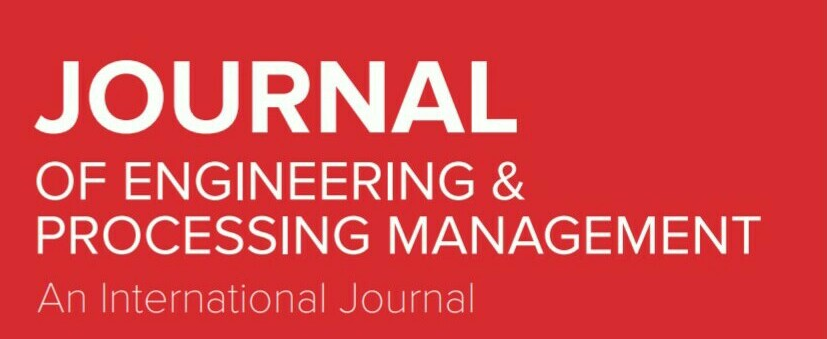Packaging materials and articles for food: legislation and codes of good manufacturing practice
DOI:
https://doi.org/10.7251/JEPM2001015KAbstract
The basic objectives of food packaging materials are to provide safety and to pre- vent physical damage of the product, to retain or improve sensory characteristics, to offer a pleasing appearance, to be functional, to facilitate distribution, to give dimensional stability, but also to be compatible with the requirements regulated by the law. Consumers’ demands for an extended shelf life of the product, as well as increased competition in the packaging industry, foster the need for continuous growth and application of innovative solutions for food packaging. While the tradi- tional packaging acts as a passive barrier toward atmospheric effects, the innovative packaging systems offer “active” interactions with the foodstuff, providing increased shelf life and improved quality of the product. The selection of the appropriate pack- aging material is influenced by many factors, and, among many packaging materi- als offered on the market, polymer materials and articles have a significant place. On the other hand, some interactions occur between the plastics and the food in contact. The migration of the low-molecular-weight components from the polymer packaging to the packed food is emphasized when the so-called active and intelli- gent systems are used. Therefore, all the issues related to the packaging materials for food and the substances used as part of the packaging systems, are elaborated in the directives and regulations of the materials and articles intended to come in contact with the food.

